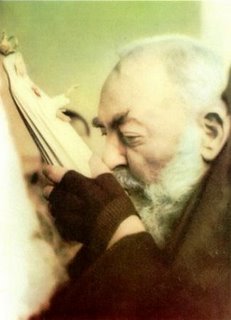Albert Avogadro was born about 1150 AD at Castel Gualtieri, Italy. He became Bishop of Bobbio in 1184, and of Vorcelli the following year, and in 1205 was made Patriarch of Jerusalem. During his patriarchate (1205-1214) he formed the hermit brothers of Mount Carmel into a collegium and wrote a rule for them. He was murdered in September 14, 1214 by the master of Hospital of the Holy Spirit, whom he rebuked and deposed for immorality.
Since ‘man’s’ ‘life on earth is a time of trial’, and ‘all who would live devoutly in Christ must undergo persecution’, and ‘the devil, your foe, is on the prowl like a roaring lion looking for prey to devour’, you must use every care to ‘clothe yourself in God’s armour, so that you may be ready to withstand the enemy ambush’.
‘Your loins are to be girt’ with chastity, your breast fortified by holy meditations, for as Scripture has it, ‘holy meditations will save you’. ‘Put on holiness as your breastplate’, and it will enable you to ‘love the Lord your God with all your heart and soul and strength, and your neighbor as yourself’. ‘Faith must be your shield on all occasions, and with it you will be able to quench all the flaming missiles of the wicked one’; ‘There can be no pleasing God without faith’. ‘On your head set the helmet of salvation’ and so be sure of deliverance by our only Saviour ‘who sets his own free from all sins’. ‘The sword of the spirit, the word of God’, ‘must abound in your mouths and hearts’. ‘Let all you do have the Lord’s word for accompaniment.’ A fragment from the Rule delivered by Saint Albert to the Brothers of Mount Carmel.
All text based on Discalced Carmelite Proper Offices. The image after The British Province of Carmelites webpage.
Read whole post......




































